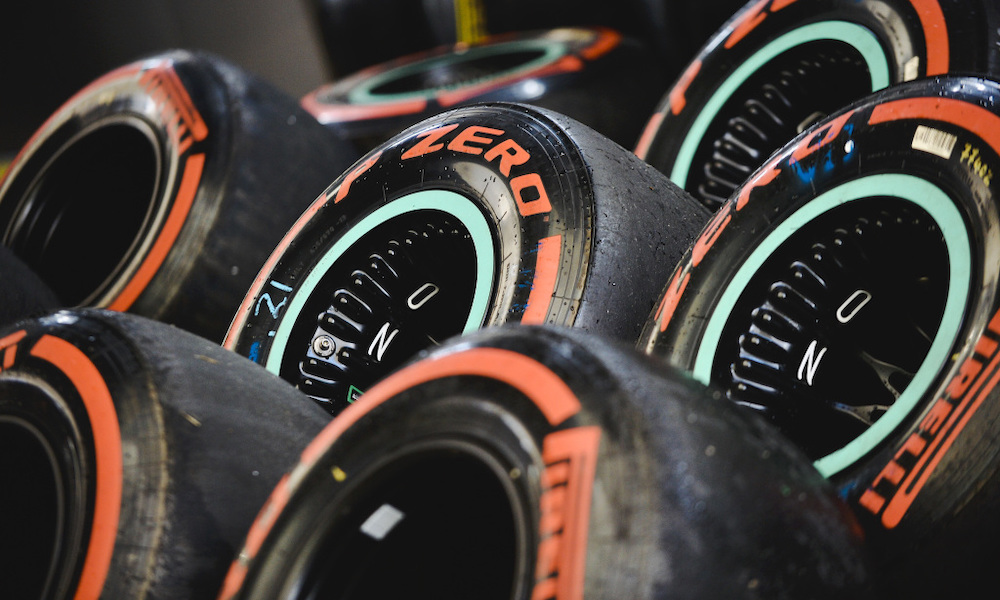Pirelli is hopeful that its approach to Formula 1’s changing requirements over the past 12 years will help the tire supplier retain its place amid interest from Bridgestone.
The current tire supply deal ends at the end of 2024 and a tender has been open for 2025 onwards, with Pirelli understood to be facing competition from former F1 supplier Bridgestone. Head of Pirelli motorsport Mario Isola said the Italian manufacturer has been a partner to F1 rather than just a supplier, and also a promoter of the championship through its investment in race sponsorships and initiatives such as the Hot Laps to take guests on track during a race weekend.
“I think we had the right approach to this activity,” Isola said. “What we have done, and not just the product itself – sometimes it’s easy to criticize tires because, if you don’t have exactly what you want then it’s easy to criticize tires – we always try to follow new ideas, new proposals, new tire sizes, new everything.
[lawrence-auto-related count=3 category=1388]
“We are happy to do that because it is know-how for our company, it is a good gym for our people to understand and to react quickly to different requirements, and I think that it’s also good for the sport because at least we try something new and we try to make the sport better through the small part that is on us.
“We are not changing the sport ourselves, it is a part of the show, and I believe last year with the 18-inch tires and the new cars with the different aero package then the show was a lot better than before. So I believe it’s the right approach. We already showed our ability to do that, and I hope this is taken into consideration in the evaluation of the supplier.
“It’s very difficult to be in this world. When we started, everything was completely different. If you look at the regulations, it was another story. Also technical directives – now, to check the tire prescriptions, we have a technical directive that is 20 pages. We started with one paragraph, I remember, with Charlie (Whiting) years ago, and now it’s 20 pages. Because obviously teams are looking for performance and they try to find any grey area to try and find performance, so we have been obliged to react writing new regulations.
“So if you talk about the regulations, if you talk about the relationships with the team, the system itself is a lot more complicated. And it took time for us to get used to it, and also, over the years, to follow the same pace of development of this new approach.”
Isola insists it would be a tougher challenge for a new supplier such as Bridgestone to enter F1 in its current form than it was back in 2011, given how complex aspects of the sport have become.
“If I put myself in a situation when in one-and-a-half years we have to start from scratch and start this new challenge, I believe it’s more complicated compared to 12 years ago,” he said.
“One big advantage that we had was, for example, to have the Toyota that was available, and we had the possibility to test with the car without any constraints linked to the championship.
“Now to test we need current cars with the availability of the teams and a lot more people compared to the past. Now also during our tire tests we have 40/50 people from the team, because of the hybrid power unit and so on. So it’s quite complicated to run these cars now, and there is no car available outside of the championship so we have to rely on their availability.
“We also have to organize the tests just after the races or in specific moments of the year, because otherwise it is impossible for them. So testing is important, and for sure it’s more difficult than in the past.
“All these elements – how complicated it is sometimes to manage different situations, the level of complexity – I think we should work a little bit to make the rules a bit easier to understand for spectators. Now it’s super-complicated: we have a standard race, Sprint race with a Sprint shootout… OK the old Sprint doesn’t exist anymore, but in the memory of the people it is there, we have the alternative tire allocation and we have a couple of events where we test in FP2.
“So we have five different formats with different allocation of tires. I admit that sometimes I have to re-check the regulations because I don’t remember exactly what it is about tires! Just to be sure that I’m not saying something stupid I may check the regulations again, so everything is a lot more complicated than in the past. Starting from zero is probably more difficult.”
